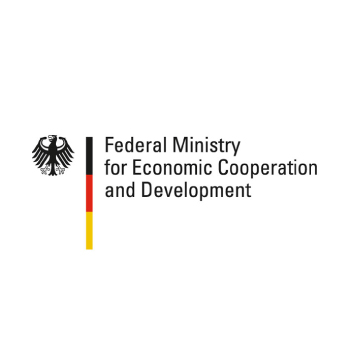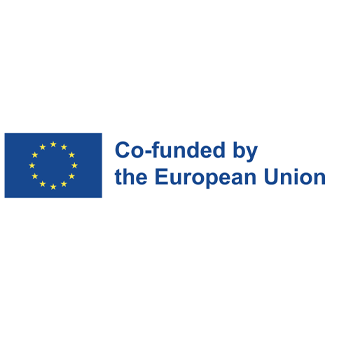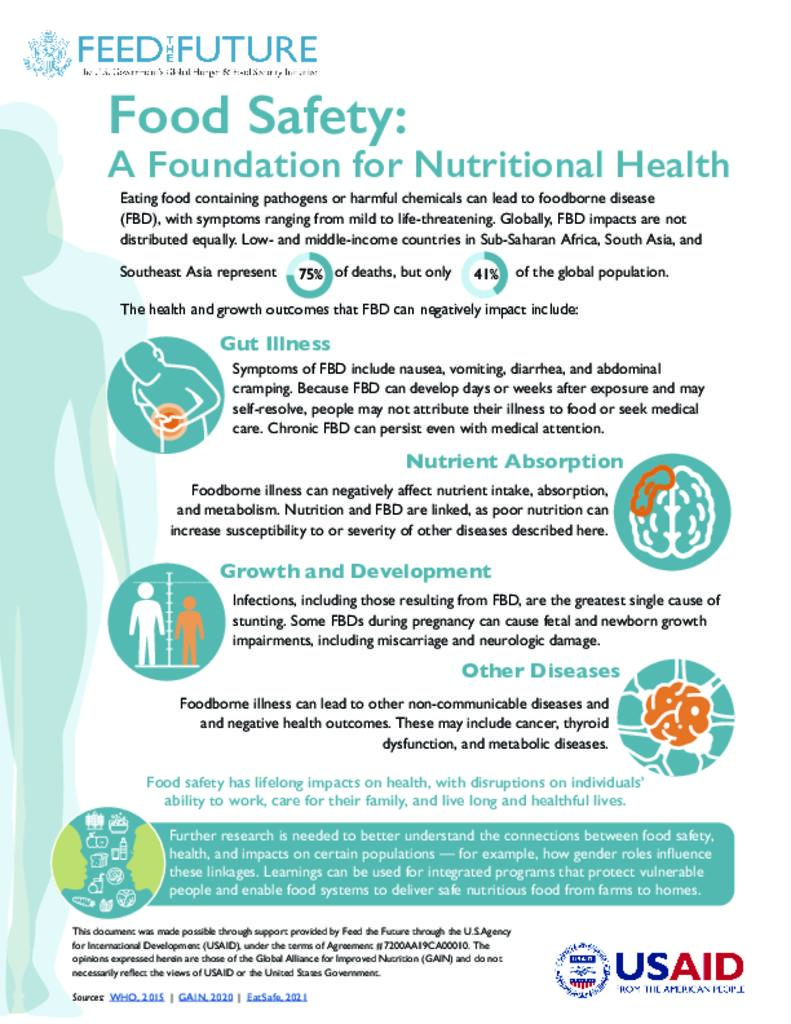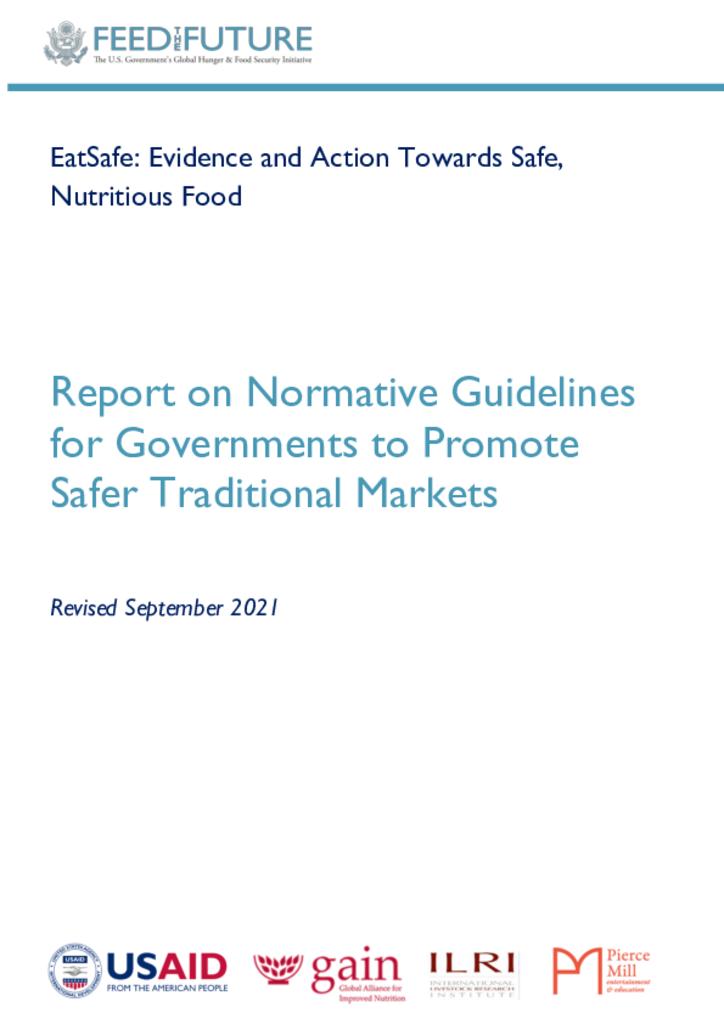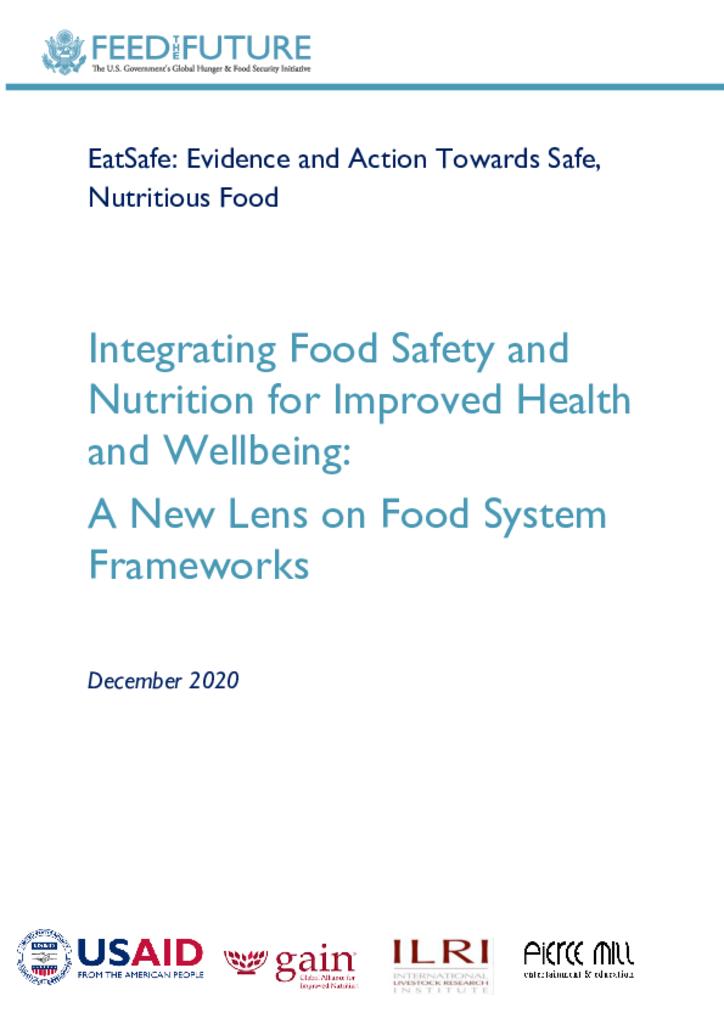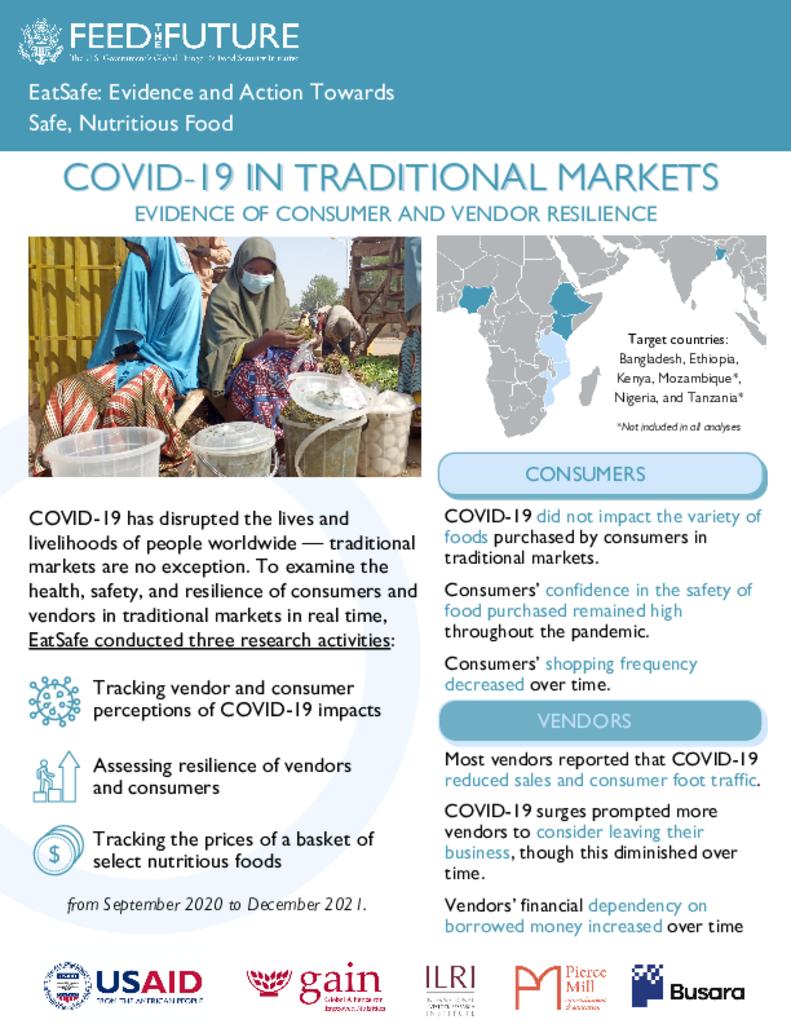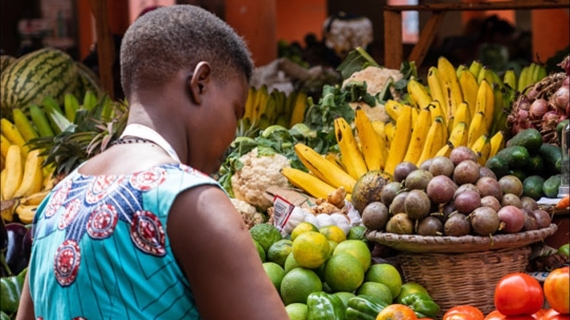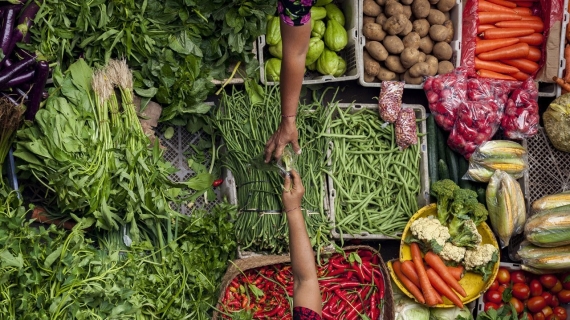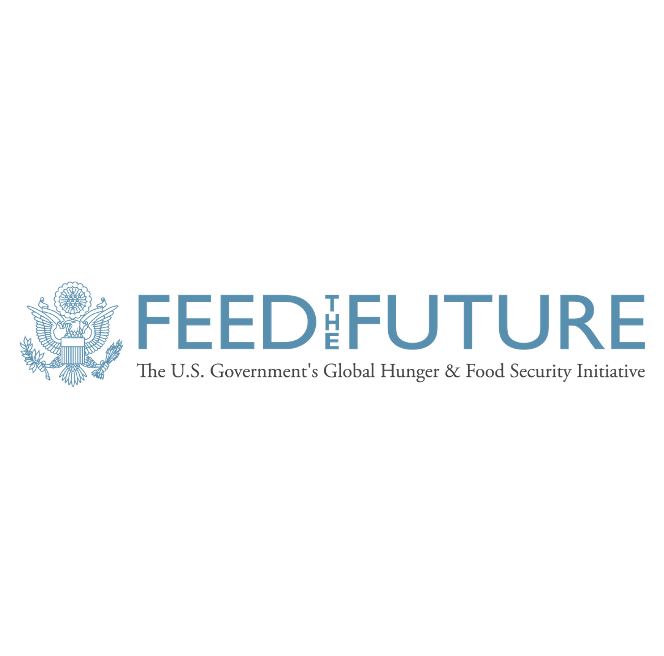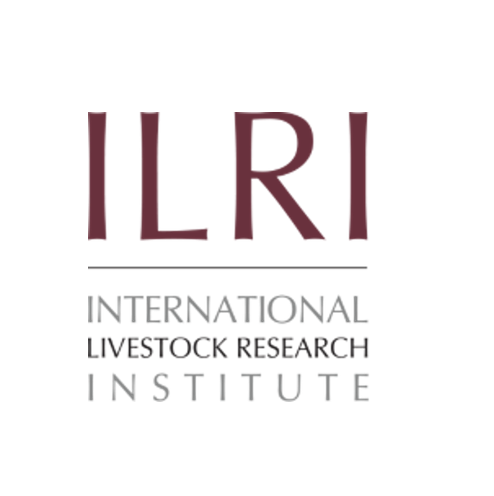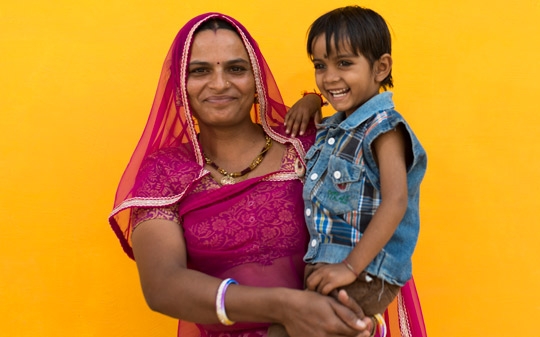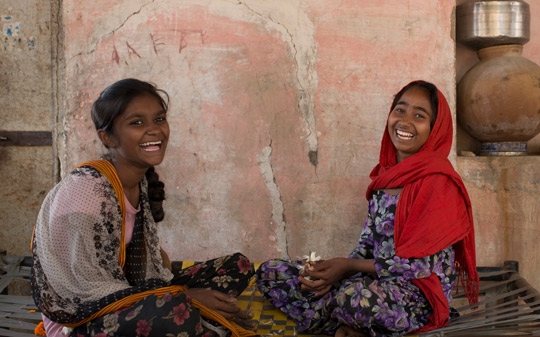
Finance Assistant - SYS-1182


Global Alliance for Improved Nutrition Statement on Food Safety at WHA77
At the 77th World Health Assembly in Geneva, Global Alliance for Improved Nutrition (GAIN) voiced its support for the WHO Global Strategy for Food Safety and reducing the risks in traditional markets.Nourishing Food Pathways
Nourishing Food Systems Pathways strengthens government-led food system policy design, alignment and, delivery.
Nourishing Food Pathways is an ambitious programme that seeks to accelerate progress towards The Sustainable Development Goals (particularly SDG2) by supporting inclusive and coherent food systems transformation in ten countries.
This programme builds on work conducted during the UN Food Systems Summit, aiming to support and strengthen the design and delivery of national food systems transformation pathways. We will work with over one hundred partners across the 10 countries to deliver this programmes.
- Increase access to safe, nutritious food in an environmentally sustainable way.
- Strengthen in-country support systems to continue to develop and to deliver their national food systems transformation pathways.
- Provide inspiration and guidance to other countries and stakeholders as pathways are developed and implemented.
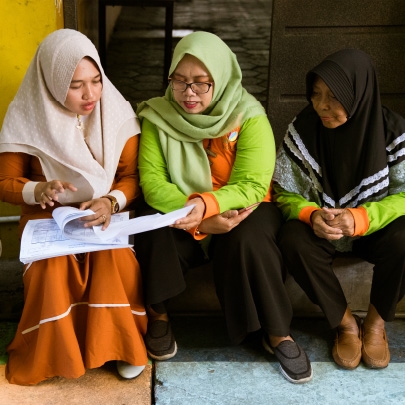
Workstream 1: Policy Coherence
This workstream is foundational and focuses on supporting governments to strengthen policy alignment and implementation across sectors towards food system goals.
GAIN is directly involved in planning work with lead ministries working on food system pathways. It will involve intensive, daily work under national government-led structures, together with government policy units and national think tanks and universities to develop, refine and implement the national pathways.
To support this process, we are developing a diagnostic tool to help stakeholders identify where there is food system-related policy incoherence between government agencies or ministries as potential entry points for alignment (where this is appropriate, desirable and feasible).
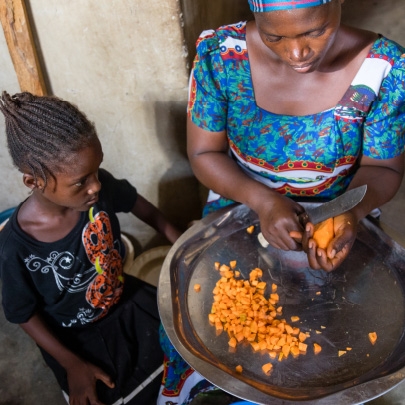
Workstream 2: Voice of youth, local governance and women
Youth, those working in the informal food sector and local-city governments need a greater voice to reshape the food systems that affect them. Women and girls are a key cross-section of this group.
This workstream focuses on including unheard voices in food system pathway development and implementation specifically youth and local stakeholders. Through girls’ youth groups, participatory action research will be conducted to better understand their experiences and priorities. Leveraging local leadership, traditional market committees and local governments will be supported to co-design inclusive governance mechanisms thatrecognises their interests and improves agency in the pathway design and implementation process.
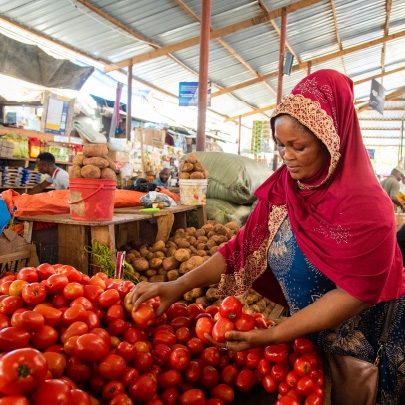
Workstream 3: Market Access for Low-Income Earners
Here, we focus on ensuring low-income consumers can access markets within their food systems and leverage local food culture to shift consumer preferences towards nutritious and safe foods.
Social protection programmes will be designed to tackle gender inequalities, such as poverty and domestic work burden, while improving the nutrition sensitivity of these programmes. Active, empowered cross-sector coalitions with a strong consumer viewpoint will also enable and prepare countries to deploy food culture interventions for improved nutrition.
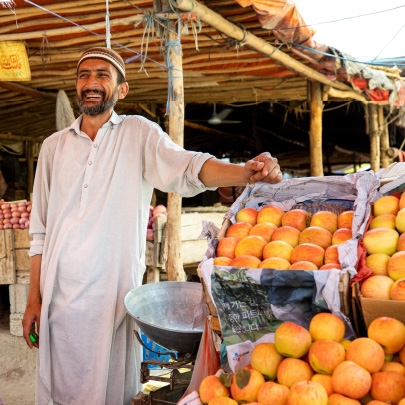
Workstream 4: Private Sector Finance
This workstream focuses on aligning and increasing private sector finance for food system transformation. It will involve four incentive pathways to support healthy diet goals within country food system pathways.
Firstly, We will work with businesses of all sizes to direct their investments to evidence-based actions to reduce hunger – through the Zero Hunger Private Sector Pledge.
Second, we will work to develop evidence based costed pathways towards healthier diets that the private sector can invest in.
Third, we will work to create incentives for businesses of all sizes to direct more of their investments to evidence-based actions that improve access to healthier diets, including the incorporation of nutrition considerations into Environmental, Social and Governance (ESG) standards.
Lastly, we will work with Development Finance Institutions (DFIs), seeking to create mechanisms that attracts private sector investment towards small and medium-sized enterprises (SME) that can contribute to improved nutrition.
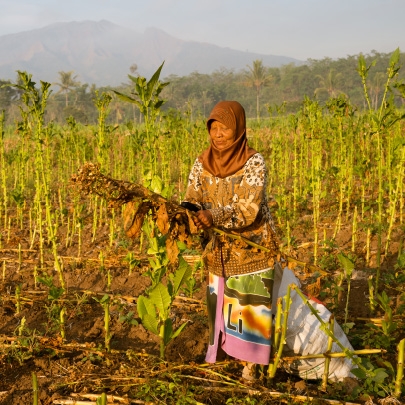
Workstream 5: Nutrition and Environment
The focus here is on connecting nutrition and environmental agendas within food system pathways, at a practical level, by looking for actions and business models that generate and support nutrition-environment synergies.
This will entail making plant sources of protein and micronutrients, such as legumes, fruits and vegetables, more accessible and desirable as well as exploring ways of maximising the nutritional impact of animal-sourced food production, while cutting greenhouse gas emissions (GHG).

Workstream 6: Evidence, Assessing and Learning
The last stream of work focuses on assessing progress towards food systems transformation and documenting learning from the pathway development and implementation process.
Qualitative and quantitative approaches will be used to help us identify what food systems transformation looks like and how we know when it is happening. The development of subnational Food System Dashboards will support evidence-based food system policymaking, while Nutrition Connect will support knowledge mobilisation focused on public-private engagement in food systems. Lastly, the annual Countdown to 2030 Report will track the performance of key food system indicators for all countries to promote accountability in food systems.
By supporting the development and implementation of food system pathways, through including unheard voices, aligning policy, boosting and aligning private sector finance, connecting nutrition and environmental agendas, and identifying food system transformation, the Pathways programme aims to inspire all stakeholders in the food system to act so as to guide people and planet towards a brighter future.

Gaspar Cuambe
Country Director, Mozambique

Wubet Girma
Ethiopia Country Director, GAIN

Rudaba Khondker
Country Director, Bangladesh

Farrah Naz
Country Director, Pakistan

Agnes A. Mallipu
Country Director, Indonesia

Ruth Okowa
Country Director, Kenya

Michael Ojo
Country Director, Nigeria

Prisca Rwezahura
Country Director, Tanzania
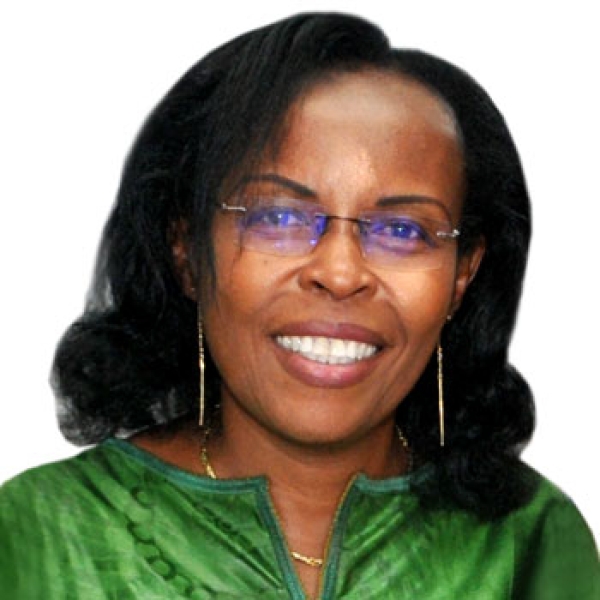
Françoise Sayi
Country Director, Benin

Bhuvaneswari Balasubramanian
Country Director, India

Lawrence Haddad
Executive Director, GAIN

Teale Yalch
Senior Technical Specialist
EatSafe
Evidence and Action Towards Safe, Nutritious Food
Feed The Future's EatSafe: Evidence and Action Towards Safe, Nutritious Food is a USAID-funded, five-year programme aiming to enable lasting improvements in the safety of nutritious foods in traditional markets by focusing on behavior change.
EatSafe’s objectives

EatSafe’s formative research aimed to aggregate the existing evidence on the interplay between foodborne disease (FBD), traditional markets, and behavior change in LMICs.
EatSafe generated knowledge across topics including the relationship between food safety, nutrition, and health; consumers’ and vendors’ perspectives on food safety; and the importance of traditional markets to food security.
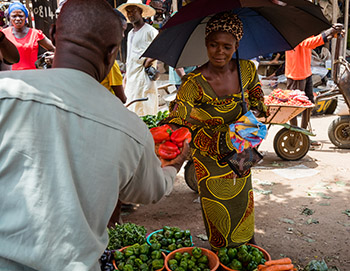
EatSafe developed localised, market-based interventions to improve knowledge, attitudes, and practices (KAPs) related to food safety and the enabling environment in the countries where EatSafe operates.
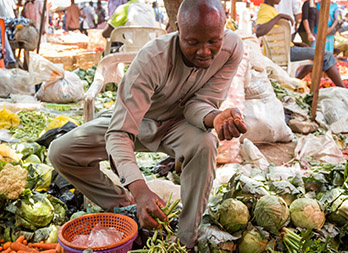
Interventions are assessed to understand their impact on consumers' and vendors' knowledge, attitudes and practices (KAPs) related to food safety. They are also tested for effectiveness, feasibility, and sustainability in traditional market settings.
In-country implementation
UNLOCKING TRADITIONAL MARKETS
EatSafe conducts rapid market assessments to understand consumer characteristics, vendor practices, gender dynamics, commodity supply, food safety risks, and the enabling environment.
EVIDENCE-BASED FOOD SAFETY INTERVENTIONS
Drawing from the market assessments, EatSafe co-designs interventions with key stakeholders. They are tested for effectiveness, feasibility, and sustainability, with a focus on behavior change among market actors.
EatSafe’s Resources
To find our more about EatSafe's work, browse our materials below. For additional information, please contact EatSafe@gainhealth.org.
Traditional markets provide access to highly nutritious but perishable foods. Foodborne illness can jeopardize it all.
Top Resources
Check out EatSafe's most-read resources.

EatSafe Reports & Publications
Dive deep into EatSafe's comprehensive collection of reports and insightful publications. Crafted by experts in nutrition, food safety, and public health, each document offers valuable insights into the core areas of the program. EatSafe's portfolio of work includes groundbreaking research, insightful analyses, and innovative interventions for food safety in traditional markets.
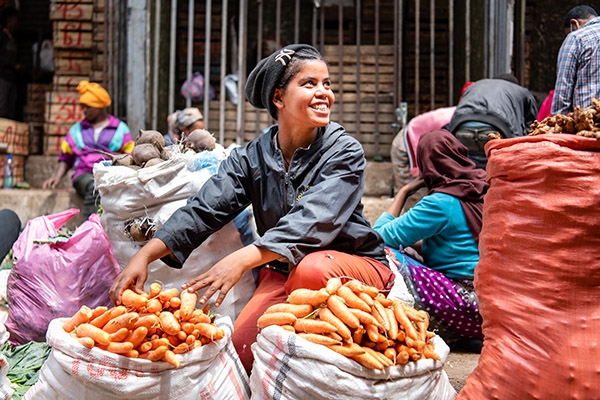
EatSafe Blogs
Discover EatSafe's latest explore thought-provoking articles, stories, and reflections in EatSafe's blogs. Penned by EatSafe staff and guest contributors, these pieces provide a deeper dive into the nuances of the EatSafe program. It's more than just updates—it's a space for reflection, learning, and dialogue about the broader context in which our program operates.

EatSafe News
Stay updated with the latest developments and happenings around the EatSafe program. The news section offers a curated blend of announcements, features, and important updates—offering information on what's new and noteworthy.
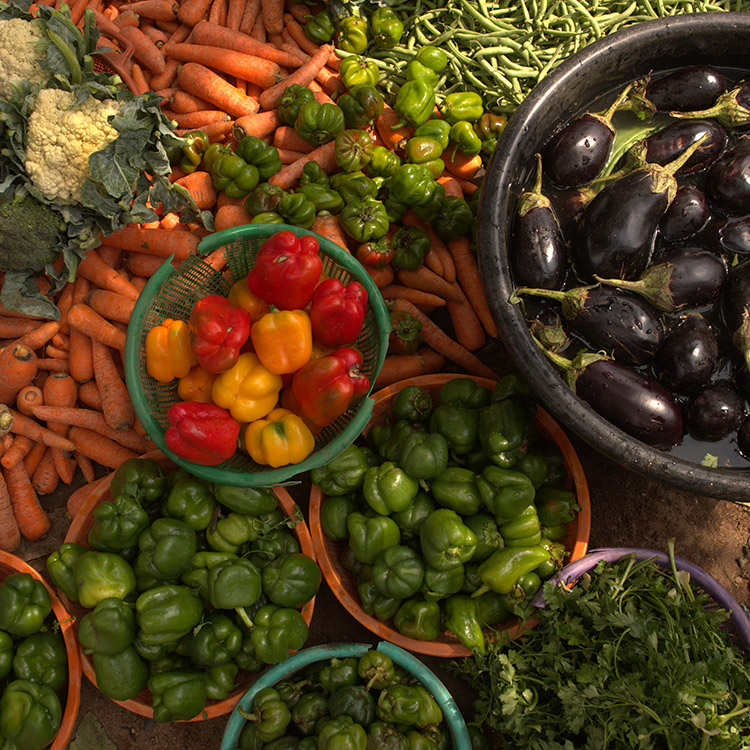
EatSafe on Agrilinks
Check out EatSafe's Activity Page on Agrilinks for even more updates, resources and blogs. Agrilinks is a knowledge sharing hub and is part of the U.S. Government's Feed the Future initiative.
More info
For more information, please contact us here.

Richard Pluke
Lead, Food Safety, and Chief of Party, EatSafe

Caroline Smith DeWaal
Deputy Chief of Party, EatSafe
Subscribe to the EatSafe newsletter
Food Safety
Achieving optimal health and nutrition requires people to be both well-nourished and protected from foodborne hazards. The Global Alliance for Improved Nutrition (GAIN) has long recognized the importance of integrating food safety into its work.
GAIN’s definition
GAIN defines a “safe” food as a food that does not contain a contaminant or other attributes that increases the probability of poor health outcomes - in the context where it is consumed, and for the individual who consumes it. Foodborne hazards can be biological, chemical, or physical in nature and can occur at any stage along the supply chain.
What is the link to nutrition, food systems and policy pathways
Food safety is a major issue across food systems in low- and middle-income countries (LMICs), causing public health impacts on a scale similar to malaria and HIV/AIDS. According to WHO, unsafe food is responsible for 420,000 deaths annually, with the burden of these illnesses falling disproportionately on those living in LMICs, especially the young, elderly, and immunocompromised. Unsafe food leads to $110 billion in lost economic growth according to the World Bank.

Food Systems Pathways
Contaminants, which make food unsafe, can enter the food supply at various points along the value chain, and their presence is hard to detect. Like most efforts around food, safety must be a coordinated, systems-based approach to manage the risks effectively. If ignored, the proliferation of contaminated foods starts to impact other components of the food system, such as health, livelihoods, or the environment. Conversely, negative developments in other areas of the food system increase the likelihood and impacts of unsafe food.

Nutrition
Food safety and nutrition are closely interlinked. Foodborne disease can increase the risk of malnutrition, while malnutrition can increase susceptibility to foodborne disease. Highly nutritious foods like meat, poultry, fish, and fresh fruits and vegetables are often more vulnerable to foodborne hazards. Worries about foodborne disease can impact consumer choices, especially around nutritious foods. Outbreaks linked to unsafe food can adversely impact supply chain actors and the supply of nutritious foods. These bi-directional linkages show that the best way to achieve healthier diets is through integrated programming that considers both food safety and nutrition.
Our approach (how do we act on this)
Food safety work has long been a part of what GAIN does. Recent efforts have been made to be more explicit, and strategic about this work – in recognition of food safety’s contributions to food systems.
Programmatic interventions
Food safety is central to GAIN’s large-scale food fortification program, in terms of quality assurance and in building government and industry capacity to implement food safety systems, testing and risk mitigation plans.
GAIN’s supply chain interventions have provided food safety-related training, technologies and mentorship to SMEs along various supply chains. The launch of the Nourishing Foods Financing Facility (N3F) in 2024 adds important financial support to this work with SMEs.
Through the Dutch 3.0 work in Kenya, GAIN is promoting the adoption of Kenya Standard 1758 with its focus on food safety, through its ‘Vegetables for All’ program and creation of FitFood Zones (FFZs).
GAIN’s largest food safety programme is EatSafe (Evidence and Action Towards Safe, and Nutritious Food), funded by USAID under the Feed the Future initiative. The programme is generating evidence into how food safety in traditional markets can be improved, through stimulating behaviour change and creating consumer demand for safer foods. Work has been conducted in northwest Nigeria and Central Ethiopia.
Policy and advocacy
GAIN has made significant contributions to national and international policy efforts. In Nigeria, GAIN has provided technical assistance in refining the draft Food Safety and Quality Bill to include specific food safety measures for traditional markets. This input helped it through the legislative process. It now awaits presidential assent.
GAIN Ethiopia is working with the federal government on the development of food safety standards in traditional markets as part of its Food Systems Transformation Pathway.
The development of food safety standards is also being supported at the global level, with GAIN’s involvement in the development of food safety guidelines for traditional markets under the Codex Committee for Food Hygiene.
Evidence generation & impact
Foodborne diseases are considered a neglected but tractable problem – quality data and insights help inform, and guide efforts to improve food safety. GAIN was successful in lobbying for food safety indicators to be included in the Food Systems Dashboard – there are currently 4 food safety indicators. There has also been much effort in knowledge management and mobilization around food safety, including the publishing of over 20 papers in scientific journals in the last few years.
GAIN is also generating evidence to understand the impact of food safety work. For example, GAIN India is working with the Food Safety and Standards Authority of India (FSSAI) to establish ‘Safe Street Food Vendors Hubs’. In addition to helping develop the training toolkit, GAIN is evaluating the pilot project and making recommendations to the Ministry of Health and Family Welfare (MoHFW) and FSSAI on the expansion of the initiative to other states.
Cross-cutting
With food safety being a new cross-cutting theme at GAIN, three different approaches are being taken to integrate and grow the food safety portfolio.
- Programming: Strengthen existing food safety work in GAIN’s food system programmes while generating evidence and disseminating findings for continual improvement & greater impact.
- Policy and Advocacy: Advocate for improved food safety, with a focus on the informal sectors of LMICs, leveraging global guidelines and metrics, as well as supporting country policy efforts.
- Addressing gaps: Identify needs and develop impactful, attractive investment opportunities that address food safety gaps within the informal sector for future partnerships with donors, businesses, and governments.

Richard Pluke
Lead, Food Safety, and Chief of Party, EatSafe
Gender
At the core of GAIN's mission to enhance healthier diets and food systems is a commitment to gender equality, ensuring that all individuals, regardless of gender, have equal rights, responsibilities, and opportunities.
Definition of gender equality at GAIN
At the core of GAIN's mission to enhance healthier diets and food systems is a commitment to gender equality, ensuring that all individuals, regardless of gender, have equal rights, responsibilities, and opportunities. This commitment to gender equity is not just foundational; it's pivotal for achieving GAIN's ultimate objective of healthier diets for all, especially for those most at risk of malnutrition. To this end, GAIN is dedicated to cross-cutting gender awareness into all its programmes, striving for gender-sensitive or transformative approaches whenever possible and practical, all with the overarching aim of improving gender equity.
Recognising the unique challenges and barriers that both women and men face in accessing nutritious food and engaging in sustainable food systems, GAIN places a strong emphasis on gender equality as a key factor in addressing these specific needs and constraints.
GAIN defines gender equality as the existence of equal rights, responsibilities, and opportunities for women and men, aiming for equal outcomes while addressing the different disparities to food access and services. While acknowledging that social change is gradual and social and gender norms are deeply entrenched, GAIN prioritises gender equity as instrumental to improving nutrition. The organisation's gender focus varies across programmes, aligning with specific objectives and country-specific contexts and needs.
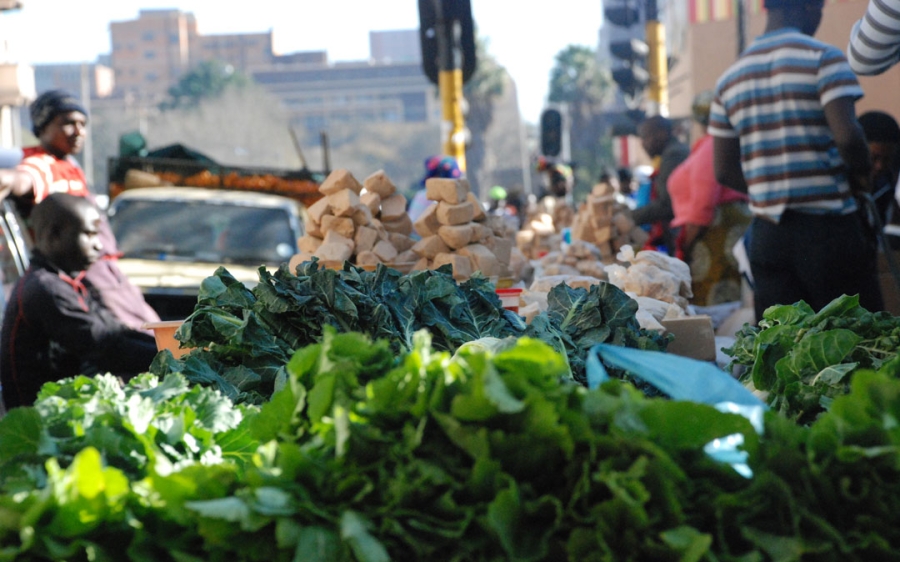
Link to Nutrition, Food Systems, and Policy Pathways
Gender inequalities manifest in differences in diet quality and nutritional outcomes between genders, influenced by biological factors and social norms. These disparities are further compounded by systemic obstacles that limit women's effectiveness and equitable participation in food systems. Often, food policies fail to consider these gender dynamics, side-lining women's perspectives and needs, and perpetuating harmful norms. Central to GAIN's gender cross-cutting focus are those most at risk of malnutrition, notably women and girls, who disproportionately face challenges, especially in impoverished households. Malnutrition during key stages such as pregnancy and lactation not only affects women but also has lasting impacts on their children, creating a cycle of malnutrition across generations.
Despite women's integral roles at every level of the food system, from production to meal preparation, they face unequal access to resources, services, and information, which hampers their contributions and perpetuates power imbalances. This underinvestment in women's potential within the food system represents a significant loss. By fostering greater equity, we can enhance the food system's efficiency in delivering safe and nutritious food to everyone.
Our approach - how do we act on this?
GAIN supports the integration of gender considerations – women’s and men’s distinct concerns and experiences – into our activities.
Programmatic interventions
Direct technical support is being prioritised to key portfolios such as Nourishing Food Pathways and CAtalyzing Strengthened policy aCtion for heAlthy Diets and ResiliencE (CASCADE) to ensure that gender is effectively considered through the project lifecycle.
Standardised tools and metrics that are being developed to facilitate and broaden support across all GAIN projects to help ensure gender is considered throughout the project lifecycle. This includes tools to facilitate the substantive integration of gender into activities, evaluation, and tracking impact.
Strategic Focus:
Resources: GAIN produces knowledge products such as working papers to disseminate findings and lessons learned in gender mainstreaming. Examples include "Impact of Gender Norms on Children’s Diets" and "Integrating Gender into the Governance of Urban Food Systems for Improved Nutrition." Further resources include case studies like "Choosing to Challenge Gender Inequality in Pakistan." As new tools come on line, they will be documented
Operations
Safeguarding the vulnerable is a core behaviour at GAIN, expected from all staff. To identify and tackle gender biases, GAIN has recently updated and implemented various internal policies, such as the .
The Workplace Gender Equity and Diversity Policy addresses all aspects involving staff recruitment, promotion, management, training, career development, and accountability. It prohibits discrimination against individuals based on age, gender, marital or civil partnership status, pregnancy, maternity, family responsibilities, political beliefs, race, ethnicity, religion, disability, sexual orientation, or gender identity. The Code of Conduct underpins ethical behaviour across all areas.
The Director of Strategic Operations and Head of Human Resources manage, supervise, and update all internal processes and policies.
GAIN has improved its performance on gender equity in the workplace and has been categorised as a high performer by the Global Health 5050 Report 2022 and the Global Health Report 2023 which analyses the gender policy position of almost 200 organisations that influence global health and scores them according to the depth of their commitment. This Programmatic Gender Strategy complements our internal policies, ensuring that GAIN’s commitment to gender equity is visible both within and outside the organisation.
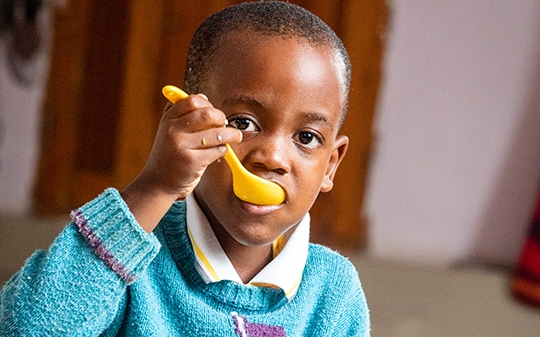

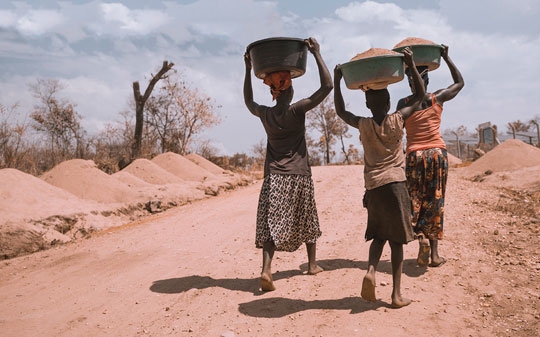
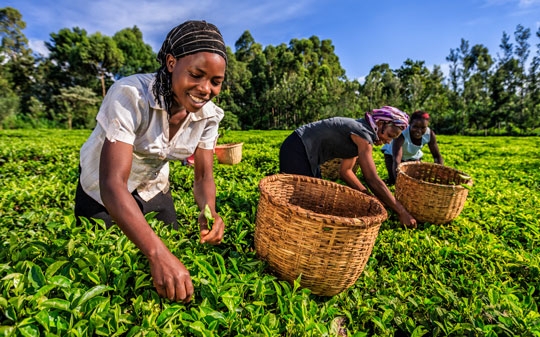
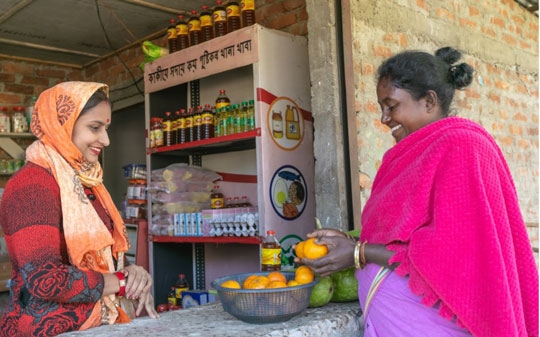

Top reports

Noora-Lisa Aberman
Senior Technical Specialist, GAIN
Reaching the Very Poor at GAIN
We seek to intentionally, specifically, and equitably promote consumption of healthier diets for people experiencing poverty and related vulnerabilities.
Definition of ‘Reaching the Very Poor’ at GAIN
The Global Alliance for Improved Nutrition (GAIN) seeks to intentionally, specifically, and equitably promote consumption of healthier diets for people experiencing poverty and related vulnerabilities. GAIN’s 2023-2027 Strategy firmly emphasises reaching the very poor as a central goal, highlighting that individuals experiencing poverty are especially vulnerable to system shocks that can jeopardise nutrition security.
GAIN acknowledges that the various programmatic and policy contexts in which we work have distinct characteristics, and that the appropriate definition of ‘poverty’ may differ dependent on context. Thus, instead of prescribing a single poverty line or threshold to be used across programmes, GAIN typically utilizes one or more of the following measures of poverty:
- National or sub-national poverty lines. Many countries have set poverty lines that are appropriate for the local context and that are familiar to local policymakers, development practitioners, and other actors.
- International poverty lines. Evidence-based, objective, and well-recognised international poverty lines can be useful benchmarks. For many projects that assume access to food through market mechanisms, GAIN targets people with income levels between $1.90 and $3.20 per capita per day. We believe that for most individuals living on less than $1.90 per day, social protection is essential for accessing nutritious foods.
- Multi-dimensional poverty measures. Poverty is more complex and nuanced than one’s monetary resources. Other areas of deprivation, such as access to education, health care, and basic infrastructure, can have marked impacts on vulnerability.
GAIN’s approach to reaching the very poor is community-oriented and human-centered, emphasizing the critical roles of policy, market systems, and social factors in creating an enabling environment for improved access to nutritious foods for people living in poverty.

What is the link to nutrition, food systems and policy pathways?
Affordability prevents people experiencing poverty from accessing nutritious food and they may be excluded from resources necessary to buffer against food system shocks. Therefore, addressing inequities in the production, distribution, and consumption of food is critical for promoting consumption of nutritious foods among this population.
Our approach - how do we act on this?
Programmatic interventions
Much of GAIN’s work to reach the very poorest consumers is situated within the Social Protection programme, which is currently working to improve the nutrition-sensitivity of social protection systems in Bangladesh, Ethiopia, India, Indonesia, Kenya, Nigeria, and Pakistan. Under Nourishing Food Pathways, GAIN is supporting governments and other stakeholders to improve nutrition-sensitive social protection policy, promote integration of nutritious food value chains in social protection systems, and to design more nutrition-sensitive social protection programmes.
Cross-Cutting Approaches
GAIN strives to be sensitive to the needs of people living in poverty across our entire programmatic portfolio. To ensure that GAIN’s projects and programmes are adequately reaching the very poor, we take the following actions:
- Target populations and geographies with particularly high poverty rates
- Assess suitability of specific approaches given the needs and vulnerabilities of people living in poverty in context. This includes documenting business models that reach the very poor.
- Involve low-income households in design and decision-making through human-centered design and inclusive governance
- Use standard metrics and KPIs to evaluate reach and impact on the very poor, such as GAIN’s FACT toolkit.
- Conduct internal capacity-building through knowledge exchange and co-learning, facilitated by GAIN’s internal Community of Practice on Reaching the Very Poor.
Resources
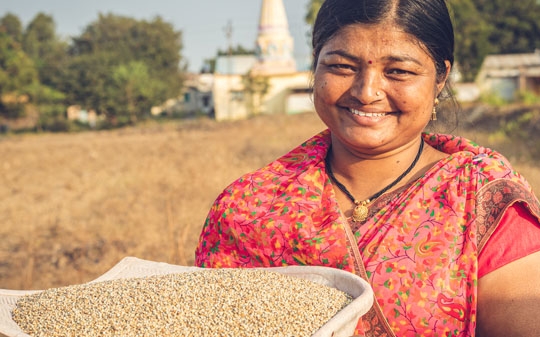
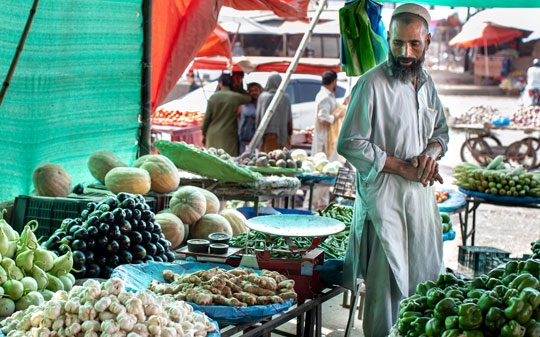
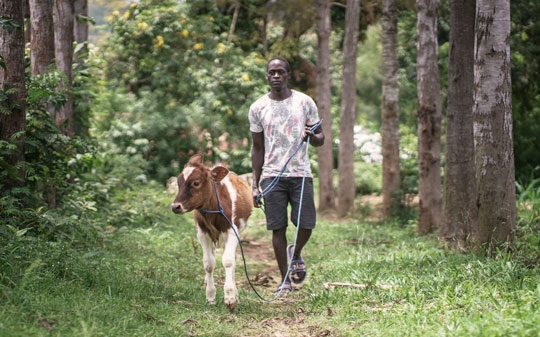
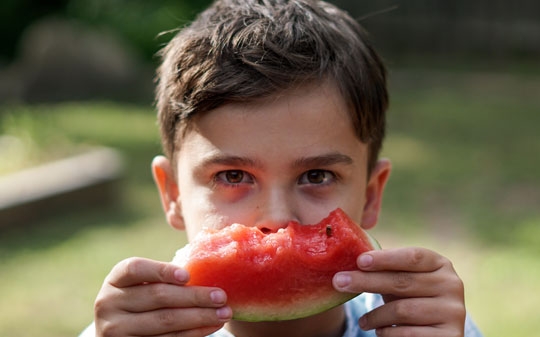
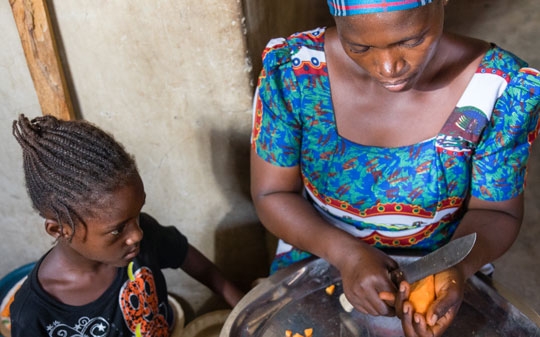
Top blogs

Anthony Wenndt
Technical Officer
Food System Resilience
At GAIN, we view the resilience of food systems as the cornerstone to ensure access to nutritious and sustainable diets for all, especially for the most vulnerable.
Definition of food system resilience in GAIN
At GAIN, we view the resilience of food systems as the cornerstone to ensure access to nutritious and sustainable diets for all, especially for the most vulnerable. Food system resilience is the capacity of these systems to withstand shocks and stresses, maintain essential functions, adapt or transform sustainably, while preserving food security and nutrition for current and future generations.
Our Commitment in the GAIN Strategy 2022 – 2027
Systems as a high priority. Our goal is to strengthen resilience by focusing on strategies and actions that enhance the adaptability and responsiveness of food systems in the face of a changing world. This commitment ensures food security and nutrition even in the face of adversity.

What is the connection to nutrition, food systems, and policy pathways?
Resilient food systems play a significant role in ensuring the availability and accessibility of nutritious food, safeguarding against food insecurity and malnutrition, especially during crises. The connection between the resilience of food systems, nutrition, and policy pathways is profound and multifaceted.
Public policies are essential in reinforcing the resilience of the food system by promoting sustainable agriculture, investing in disaster-resistant infrastructure, and creating safety nets for vulnerable populations. These policies create an environment that supports both food security and nutrition. Recognizing this interconnection is crucial for a holistic approach to food systems, aligned with international agendas such as the Sustainable Development Goals.
Our approach - how do we operate?
The GAIN Food System Resilience Strategy is built around three pillars: Programs, Advocacy, and Operations.
Programmatic interventions
At GAIN, we recognize that resilience is the foundation for ensuring that food systems can withstand shocks and stresses while continuing to provide nutritious and sustainable diets. We believe in promoting resilience at various levels within food systems:
Programmatic Interventions - Building Resilience from the Ground Up
Our programmatic interventions prioritize strengthening the resilience of food systems. This involves:
- Enhancing the resilience of small-scale producers, processors, and distributors by equipping them with tools, knowledge, and resources to withstand challenges such as climate variability, conflicts, and economic shocks.
- Investing in resilient food production, processing, and distribution practices that promote sustainable agricultural methods, efficient resource management, and long-term sustainability.
- Encouraging smart food production in response to shocks that adapt to changing environmental, social, economic, and political conditions while simultaneously minimizing negative impacts on food systems.
- Developing resilient food market infrastructures and supply chains that ensure the uninterrupted flow of nutritious food to consumers, especially during times of crisis.
Policy and advocacy
Our advocacy efforts aim to influence policies that enhance the resilience of food systems. We work to:
- Promote policies that support the development of resilient food system infrastructures, including transportation, storage, and market facilities.
- Advocate for investments in disaster-resistant infrastructure to safeguard food systems from natural disasters and climate-related events.
- Collaborate with governments to establish safety nets that improve the resilience of vulnerable populations, ensuring their access to nutritious food even in challenging circumstances.
- Encourage the development of regulations and standards that prioritize food safety and quality, ultimately increasing the resilience of the food supply chain.
Operations
In our own operations, we strive to set an example of resilience by:
- Measuring our carbon footprint and actively working to reduce it, aligning with global efforts to combat climate change.
- Implementing a travel policy that not only reduces carbon emissions but also ensures the continuity of activities in a changing world.
- Building an internal culture of resilience, where our team members have the ability to adapt to evolving circumstances and promote positive changes.
By incorporating resilience into every facet of our approach, from program implementation to policy advocacy and internal operations, we aim to strengthen food systems against the challenges of a dynamic and uncertain world.
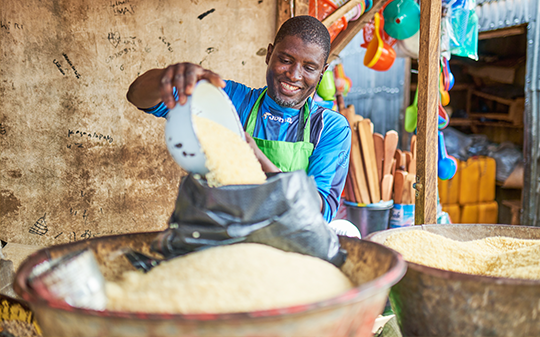


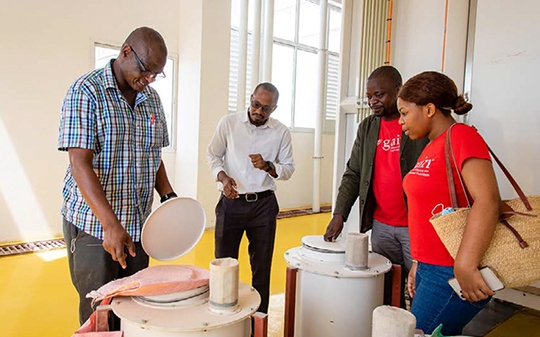


Top reports

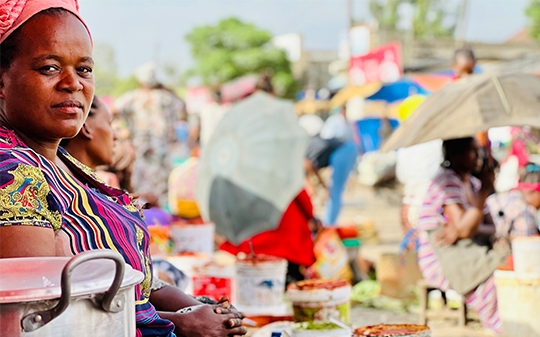


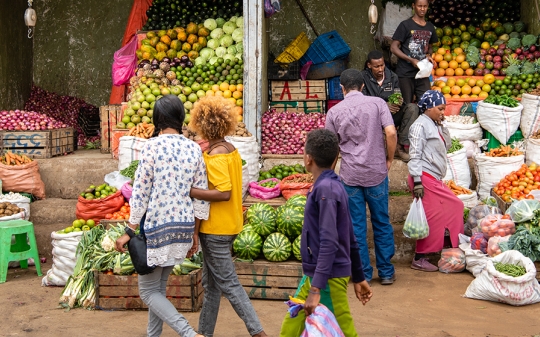

Top blogs


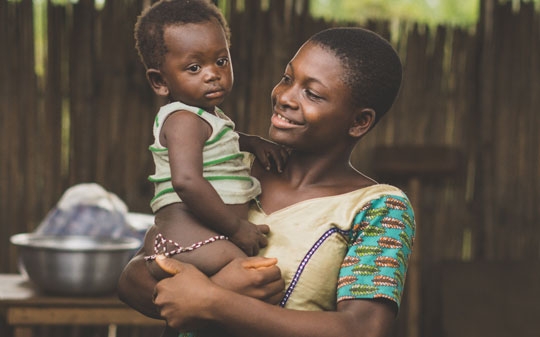
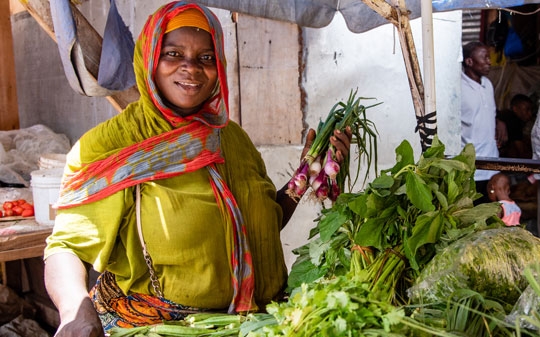
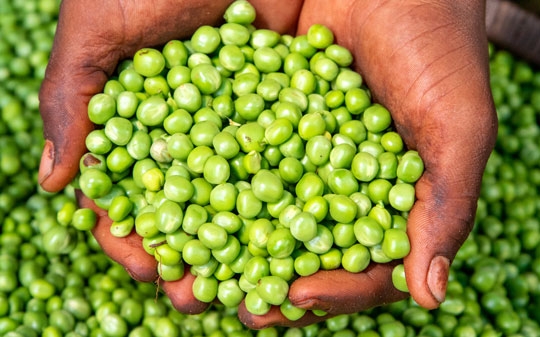
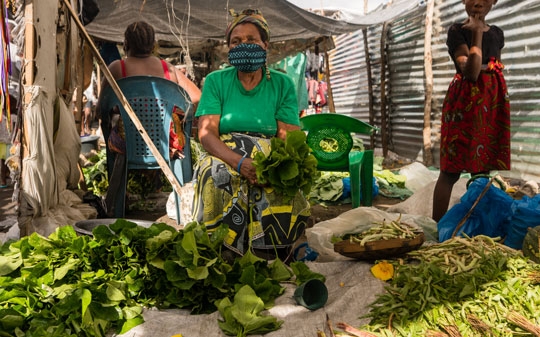
Top news

Saul Morris
Director of Programme Services

Noora-Lisa Aberman
Senior Technical Specialist, GAIN
Youth
The Global Alliance for Improved Nutrition (GAIN) considers the specific needs and capacities of youth to foster their holistic development, empower them as agents of change, and contribute to building healthier and more sustainable food systems.
Definition of youth at GAIN
The Global Alliance for Improved Nutrition (GAIN) considers the specific needs and capacities of youth to foster their holistic development, empower them as agents of change, and contribute to building healthier and more sustainable food systems. GAIN typically categorizes youth into three profiles based on their roles and age groups:
- Consumers (Ages 10-19): Interventions targeting this group focus on promoting healthy eating habits, nutrition education, and access to nutritious foods.
- Changemakers (Ages 18-24): GAIN supports young changemakers by providing them with opportunities for advocacy and leadership development in the food systems domain.
- Youth Working in Food Systems (Ages 18-30): For youth already or wanting to work in food systems, GAIN offers support to enhance their skills, livelihoods, and contributions to sustainable food production and distribution.
GAIN follows a positive youth development approach, which emphasizes providing opportunities for skill-building, fostering positive relationships and contribution to society. GAIN adopts youth-led and participatory approaches ensuring that youth perspectives are considered and that interventions are tailored to meet their specific needs.

What is the link to nutrition, food systems and policy pathways?
Youth are both consumers and contributors to food systems. Younger youth or adolescents are at a critical stage of growth and development and their nutritional needs are unique. Adequate nutrition during adolescence can have long-lasting effects on their health and well-being throughout their lifespans. Youth are engaged across the food system from sustainable agriculture and food production to actively participating in finding solutions to food systems challenges and driving positive change.
Governments and policymakers have a responsibility to create environments that support healthy eating, ensure food security, and promote opportunities for youth engagement and employment in the food system. Engaging youth in the policymaking process, advocating for youth-friendly policies, and promoting youth leadership and participation in decision-making can lead to more inclusive and effective policies that address the needs and priorities of young people.
Our Approach - How Do We Act On This?
Programmatic interventions
GAIN’s youth work is housed in the Children and Young People theme of the Empowering Food Systems Actors Programme which supports projects the directly target and benefit youth in Bangladesh, Indonesia, Mozambique, Pakistan and Tanzania. Through the Nourishing Food Pathways portfolio GAIN is seeking to ensuring youth voices are included in food system pathway development and implementation. GAIN supports the ACT4FOOD youth movement. The Transform Nutrition and Okhokelamo Ni Solha projects are engaging adolescent girls in the Jogo das Heroínas (Heroines’ games) to improve nutrition outcomes. The Food Investigator Game was an idea from a group of junior high school students and was brought to life by GAIN to help adolescents better understand food labels.
Cross-cutting approaches
Beyond the Children and Young People theme, GAIN supports staff to integrate youth-focused activities across its programmatic portfolio. This includes:
- Technical assistance on youth engagement and co-creation practices by providing guidance, support, and resources to staff and projects seeking to effectively involve young people in decision-making processes, program design, and implementation.
- Promoting and enhancing safeguarding measures and best practice to ensure the safety of youth and to prevent harm across GAIN's activities.
- Standardised KPIs and Metrics on youth reach and participation to ensure all projects are measuring the impact and effectiveness of their work on youth.



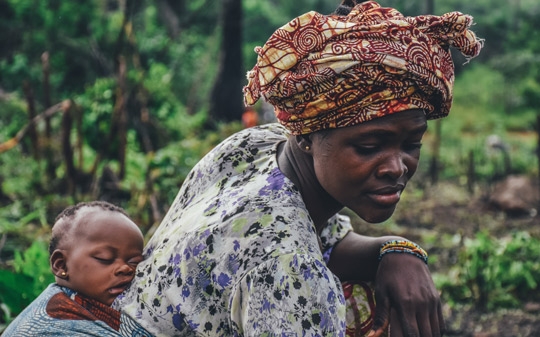

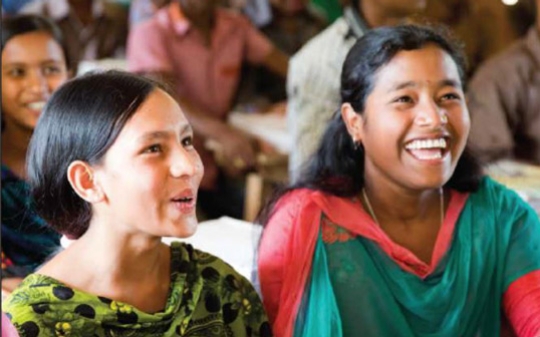
Top reports

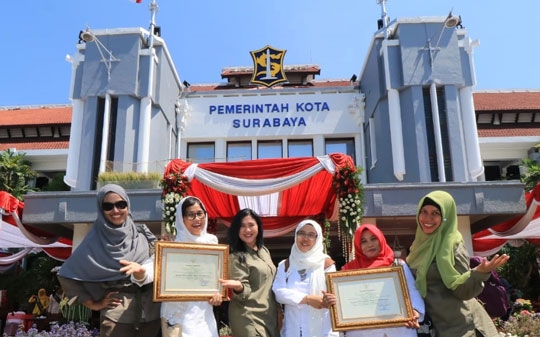
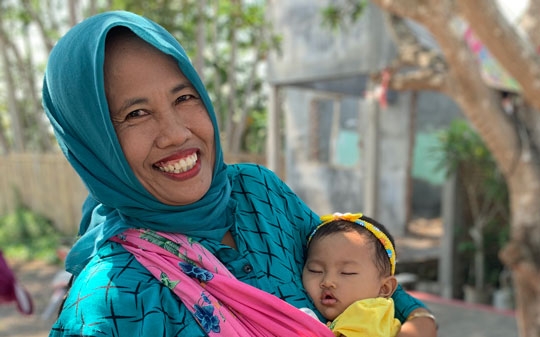
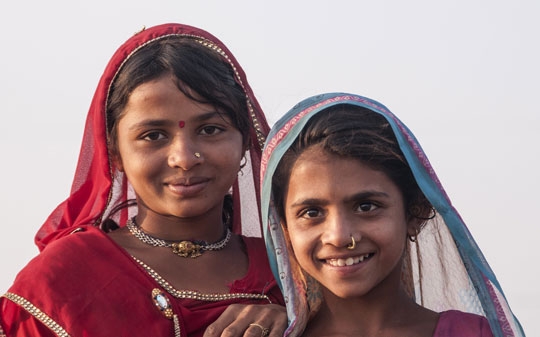
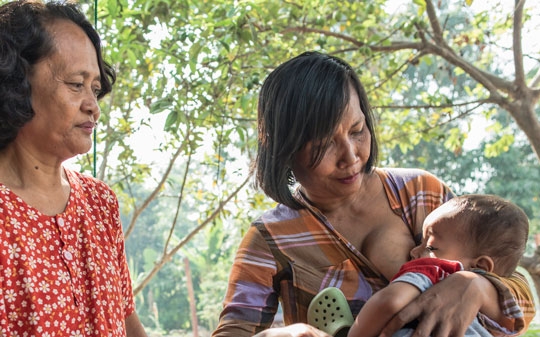

Top blogs

Miriam Shindler
Programme Lead, Children and Young People


